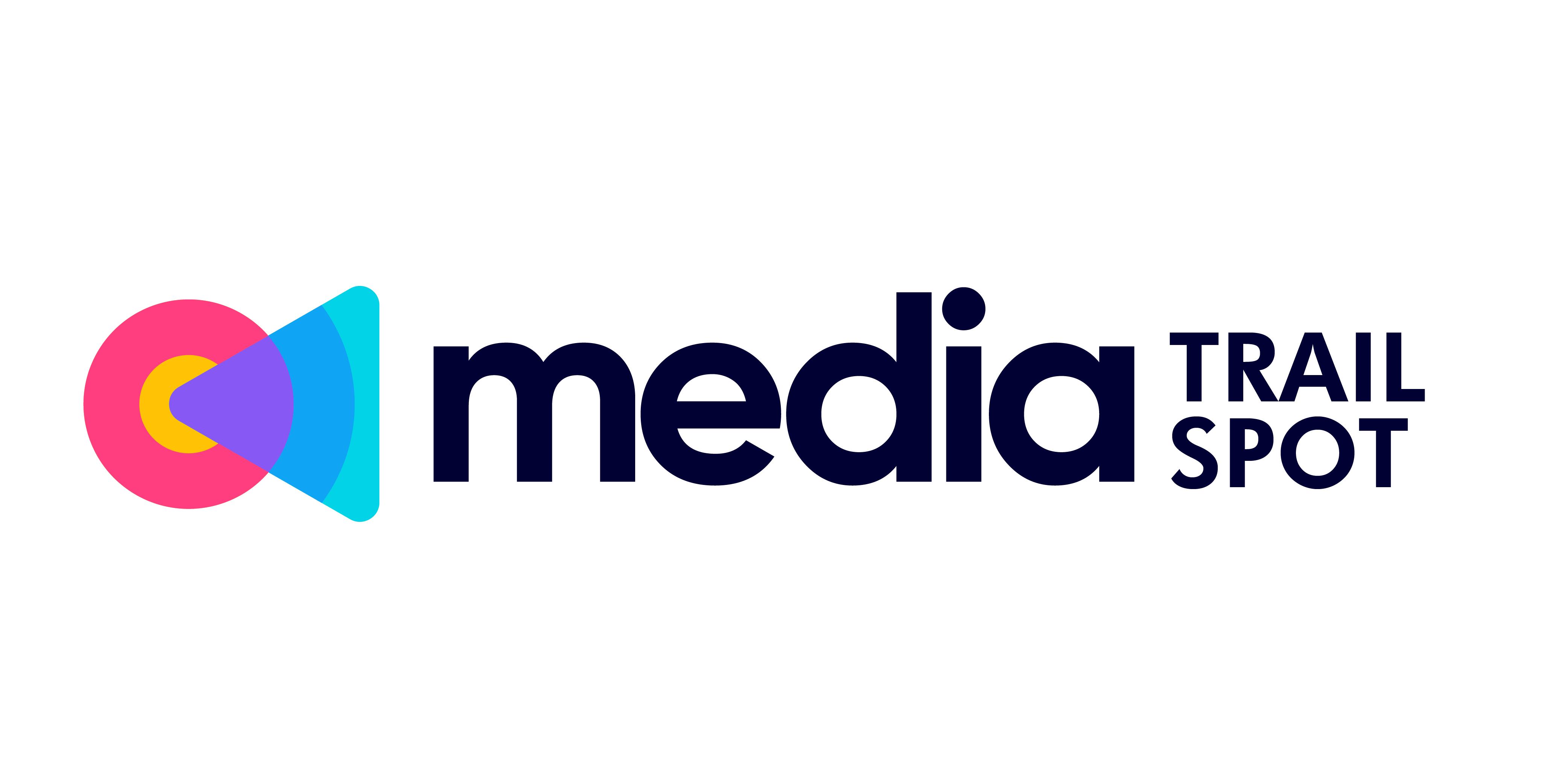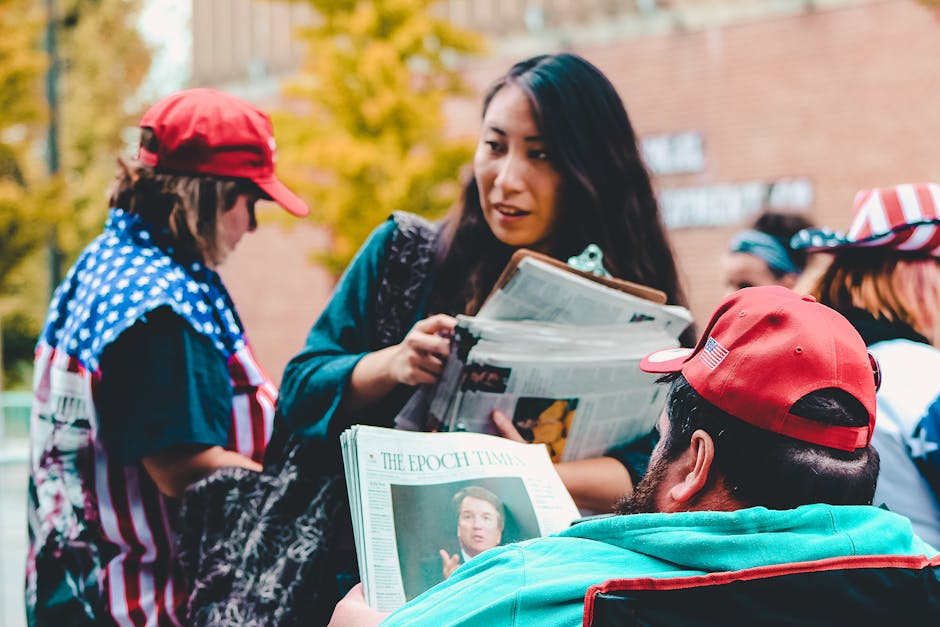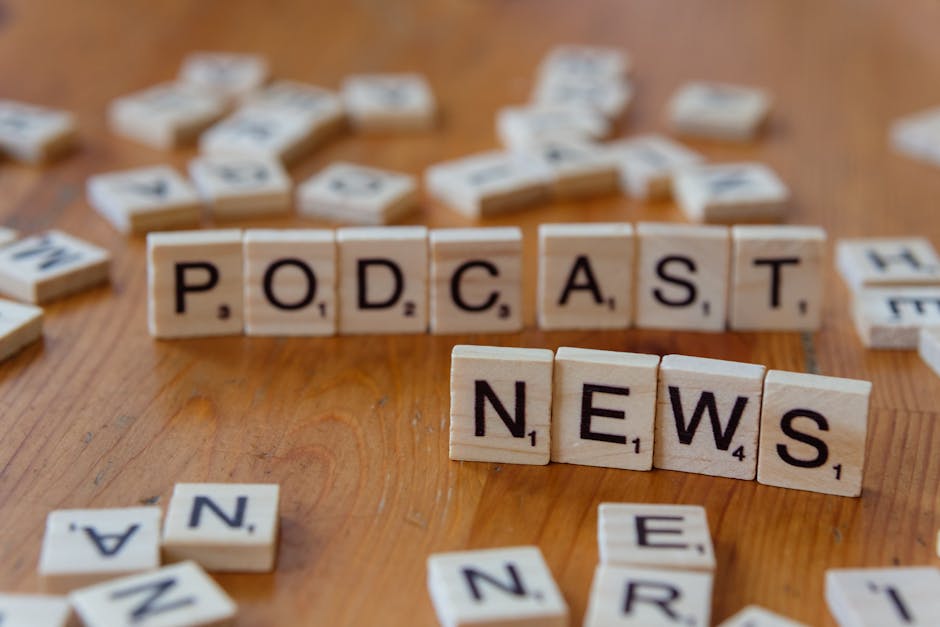Introduction: A New Information Battlefield
News doesn’t wait for the 6 o’clock slot anymore. These days, a story breaks on Twitter before a newsroom even drafts a headline. Social media has flipped the traditional news cycle on its head—speed is the name of the game, and the rules are changing fast. Events unfold in real time, amplified by everyone from citizen witnesses with smartphones to influencers with millions of followers. The public isn’t just receiving the news—they’re helping shape it, push it, twist it.
Traditional journalism operated in a closed system: edit desks, fact-checking, publishing deadlines. Social media ripped that open. Now, a blurry video posted on TikTok can outpace a Pulitzer-winning reporter in audience reach. That shift blurs the lines between fact, opinion, and firsthand account. It also makes the job of journalists trickier—and more essential.
This matters. When the speed of sharing outpaces the speed of verifying, misinformation becomes part of the feed. Understanding how and why this happened isn’t optional anymore. Whether you’re a journalist, content creator, or casual scroller, knowing how news spreads online is a survival skill.
Speed Over Substance: The Double-Edged Sword
We used to wait for the 6 o’clock news. Now, it breaks in our pockets—often before journalists can verify it. Social media has turned every user into a potential broadcaster. A single tweet or TikTok can trigger national headlines within minutes. The upside? Speed. Emergencies see faster alerts, global conversations start instantly, and previously unheard voices get a platform.
But that same speed cuts corners. Posts go viral without fact-checks. Photos get pulled from unrelated events. Context often disappears, replaced by outrage or hot takes. In the rush to be first, accuracy gets left behind. And once false info spreads, cleaning it up is nearly impossible.
What we gain in reach and immediacy, we often lose in reliability. The same tools that democratized news can also distort it. For every legitimate citizen reporter, there’s an anonymous account pushing half-truths for clicks.
In 2024, the challenge isn’t getting news—it’s knowing what to trust.
Social Media as News Curator and Newsroom
Social media platforms have transformed from mere content hosts to powerful gatekeepers of the news. In today’s fast-moving media cycle, platforms like Twitter/X, Instagram, TikTok, and Reddit are not just sources of entertainment—they are increasingly shaping what we view as newsworthy.
Platforms as Gatekeepers
The influence of major platforms can’t be overstated. Algorithms decide what content rises and what gets buried, impacting which news stories trend globally.
Here’s how some key platforms influence the news:
- Twitter/X: Long used by journalists for real-time reporting and commentary. It remains a battleground for breaking news, reactions, and official updates.
- Instagram: Leveraging Stories and infographics, it’s become a hub for digestible news, especially among younger demographics.
- TikTok: Emerging rapidly as a frontline news source, particularly for visual storytelling around current events.
- Reddit: A forum-based model that allows niche communities to spotlight underreported stories, making it a grassroots news engine.
Journalists vs. Everyday Users
The news creation dynamic is no longer in the sole hands of professional journalists. Instead, we see a blend of roles:
- Journalists: Use social media to source leads, engage readers, and distribute stories. They’ve also become curators—filtering fact from fiction in real time.
- Users: Actively contribute by posting photos, videos, or first-hand experiences. Sometimes, their content reaches wider audiences than traditional outlets.
This overlap creates both opportunity and tension. As journalists strive to preserve professional standards, everyday users push for immediacy and raw authenticity.
User-Generated Content: News or Noise?
From protest livestreams to shaky phone footage of breaking events, user-generated content (UGC) has become integral to how stories unfold. But its unfiltered nature raises critical questions:
- Is this factual reporting or personal opinion?
- Can the footage be verified?
- What context might be missing?
While UGC can add layers of perspective, it also risks creating an echo chamber of misinformation if left unchecked.
Key Insight: Social media doesn’t just host the news—it creates and shapes it. Knowing who controls the narrative and how content is filtered is essential in determining what is real and what is simply viral.
Algorithms and Echo Chambers
Social platforms are built to keep users scrolling, tapping, and reacting. That means engagement—not truth—is the currency of their ecosystems. The more a post triggers a response, the more likely it is to spread. Outrage? Clicks. Shock? Shares. Facts? Optional.
This dynamic creates bubbles. Algorithms quietly filter what you see based on what you’ve interacted with before. Over time, that means you’re swimming in opinions and content that echo your own. Contrary viewpoints get pushed out. Hard facts get drowned in takes that feel more comfortable. It’s not censorship—it’s automation doing its job too well.
Clickbait thrives in this world. Oversimplified headlines, emotional hooks, and doomsday predictions all win the algorithmic race, even when the content is exaggerated or flat-out wrong. That warps public discourse. It narrows perspectives. And it’s why two people can read all day and walk away with completely different realities.
The system doesn’t reward accuracy; it rewards activity. That’s a problem nobody’s fully solved yet.
Accountability, Moderation, and the Role of Platforms
Social media platforms have quietly become the editors of the modern news cycle. But unlike traditional newsrooms, their decisions about what to amplify—or suppress—aren’t guided by journalistic ethics. Instead, they’re driven by algorithms, community guidelines, and pressure from governments and the public. So who gets to decide what stays visible? Mostly, it’s a blend of AI filters, moderation teams, and vague policy frameworks written behind closed doors.
The problems are obvious. Decisions over what counts as “harmful” or “misleading” content vary wildly between platforms. One video gets flagged for misinformation on YouTube but stays up on TikTok. Posts reported by users are sometimes reviewed by moderators, sometimes by bots. It’s inconsistent, and often opaque.
To respond to rising concern, many platforms have rolled out fact-checking partnerships and info labels. A step forward, but let’s not confuse these patches with full solutions. Critics argue that these measures are more about optics than real accountability. Meanwhile, bad information continues to travel faster than corrections.
The pressure is mounting. Lawmakers in Europe and parts of the U.S. are pushing for transparency laws, clearer moderation standards, and even fines for platforms that fail to act on disinformation. What’s clear is this: the lines between publisher and platform are blurring. And someone has to be responsible when that line gets crossed.
Case Studies: News That Broke on Social
Social media isn’t just reporting the news—it’s becoming the first source. Movements like #MeToo and Black Lives Matter didn’t start online, but viral posts gave them fuel. One person’s story turned into a global reckoning, far faster than traditional media could’ve managed. These platforms gave people power. A small voice, amplified by millions of shares, became impossible to ignore.
Conflicts and disasters are also unfolding first on timelines. We’ve seen wars, natural catastrophes, and political uprisings all reported by witnesses holding up smartphones. Moments that would’ve taken days to hit the front page now spread globally in minutes—sometimes before the facts are confirmed.
There’s a clear trade-off: speed over certainty. But the impact is real. Hashtags are shaping legislation. Livestreams are triggering international aid. Vlogged footage is being cited in courtrooms and policy debates. Digital visibility isn’t just noise; it’s pushing real-world consequences, for better or worse.
The Evolving Role of Journalists
The job of a journalist isn’t what it used to be. Time was, it meant chasing stories, verifying facts, and meeting filing deadlines. Now, reporters are wearing more hats—curator, analyst, fact-checker, even content moderator. In a feed-first environment where misinformation flies and context evaporates, the baseline job has changed.
Some newsrooms are catching up. They’re embedding fact-checking units, investing in digital tools, and training staff on social dynamics. Others are treading water or sinking—under-resourced, burnt out, or slow to recognize that holding a story until the 6 o’clock news doesn’t cut it anymore.
Meanwhile, audiences are overwhelmed. Scroll fatigue, conspiracy-laced timelines, and bots in the comments make it harder to spot what’s real. That’s where media literacy comes in. Viewers need to stop treating everything viral as truth and start asking: who’s telling this, why, and with what proof?
This shift isn’t going backward. The press has to evolve because the information battlefield already has. For a broader picture of how media is adapting week to week, check out Weekly Media Highlights: Key Stories You Need to Know.
Conclusion: Living with the Shift
Journalism Reimagined
Social media isn’t eliminating traditional journalism—it’s reshaping how it’s practiced, consumed, and perceived. The fundamentals of ethical reporting still matter, but the format and flow of information have changed. In this new media environment, headlines break via tweets, updates unfold in Instagram Stories, and commentary often travels faster than an official statement.
- Journalism remains core to public understanding
- Platforms and creators are shaping the narrative flow
- Speed and accessibility have redefined what a “news cycle” means
Shared Responsibility
The responsibility for accurate, trustworthy news no longer falls solely on journalists. It now rests on everyone involved in the digital chain:
- Platforms must enforce fair algorithms and moderation systems that don’t silence truth or amplify falsehoods
- Reporters must work faster without sacrificing integrity, adapting to new formats while holding onto journalistic standards
- Audiences must stay discerning, knowing how to question what they see, share, and believe
Final Takeaway: Verify Before You Amplify
In an environment driven by shares and likes, pause before passing on information. Every click, repost, or quote tweet contributes to shaping public perception.
- Ask: Where did this come from? Is it verified?
- Check for credible sources and context
- Don’t mistake engagement for accuracy
Social media has rewired the way news travels—but it hasn’t removed our responsibility to seek out the truth. Understanding the shift is the first step. Acting wisely within it is the next.


 Syvanna Kelricsona, co-founder of mediatrailspot blends her expertise in design, user experience, and emerging technology to deliver impactful content. She is passionate about showing how innovation in web and mobile platforms shapes the future of communication and creativity.
Syvanna Kelricsona, co-founder of mediatrailspot blends her expertise in design, user experience, and emerging technology to deliver impactful content. She is passionate about showing how innovation in web and mobile platforms shapes the future of communication and creativity.

